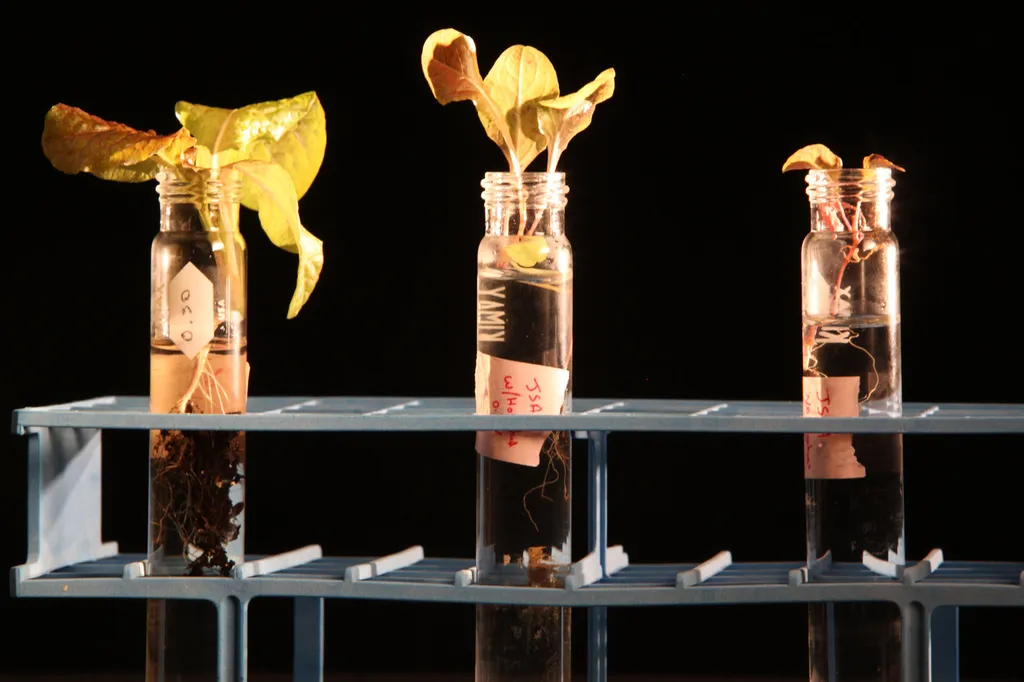In the heart of Manila, a team of researchers led by Christian Rae Cacayurin from the Department of Manufacturing Engineering and Management at De La Salle University has developed a groundbreaking tool that could revolutionize our understanding of plant growth in space. Their creation, a cloud-enabled multi-axis soilless clinostat, is not just a scientific marvel but a potential game-changer for the future of agriculture, both on Earth and beyond.
Imagine a world where we can grow crops on Mars, where the gravity is a mere fraction of what we experience on Earth. This is the challenge that Cacayurin and his team have tackled head-on. Their clinostat, a device that rotates plants to simulate different gravity conditions, is equipped with automated aeroponic and artificial photosynthetic lighting systems. This allows for precise control over the environment, enabling scientists to study the combined effects of gravity and light on plant growth.
The clinostat’s design is a testament to modern engineering. Made from acrylic and stainless steel, its rotating platform was validated through finite element analysis, ensuring stability and reliability. The device is controlled by Arduino UNO microcontrollers, which process sensor data to activate clinorotation and controlled environment systems. Data from the grow chamber, including temperature, humidity, moisture, light intensity, and gravity, is transmitted to cloud platforms like ThingSpeak and Create IoT for seamless monitoring and storage.
The results of their experiments with maize seedlings are nothing short of fascinating. They found that shoot system growth is driven by light availability, even under varying gravity conditions. Root elongation, on the other hand, is more responsive to gravity increases, particularly under higher partial gravity. “This technology offers a scalable tool for simulating the growth of other high-value crops aside from maize,” Cacayurin explains, hinting at the broader implications of their work.
The potential applications of this research are vast. In the realm of space agriculture, it paves the way for growing crops in partial gravity environments, a crucial step towards sustainable space colonization. On Earth, the insights gained could lead to more efficient and resilient crops, better adapted to changing environmental conditions.
The study, published in *AgriEngineering* (which translates to *Agricultural Engineering* in English), opens up new avenues for research and development in the field of controlled environment agriculture. As we stand on the brink of a new era in space exploration, tools like the cloud-enabled multi-axis soilless clinostat will be instrumental in shaping our understanding of plant growth in extraterrestrial environments.
Cacayurin’s work is a reminder of the power of innovation and the potential of technology to address some of our most pressing challenges. As we look to the stars, it is research like this that will guide our way, ensuring that we can sustain life not just on Earth, but beyond.

